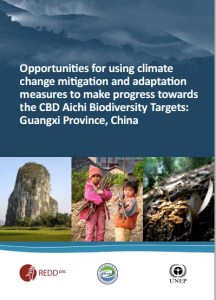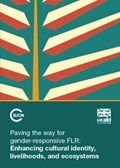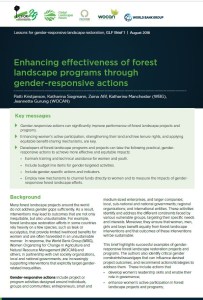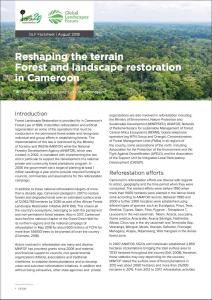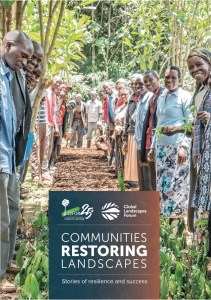Opportunities for using climate change mitigation and adaptation measures to make progress towards the CBD Aichi Biodiversity Targets: Guangxi Province, China
This report examines the opportunities for undertaking forest-based climate change mitigation and adaptation activities in Guangxi Zhuang Autonomous Region in southern China. Particularly, it outlines how these activities could contribute to achieving the Convention on Biological Diversity’s (CBD) “Aichi Biodiversity Targets”.

